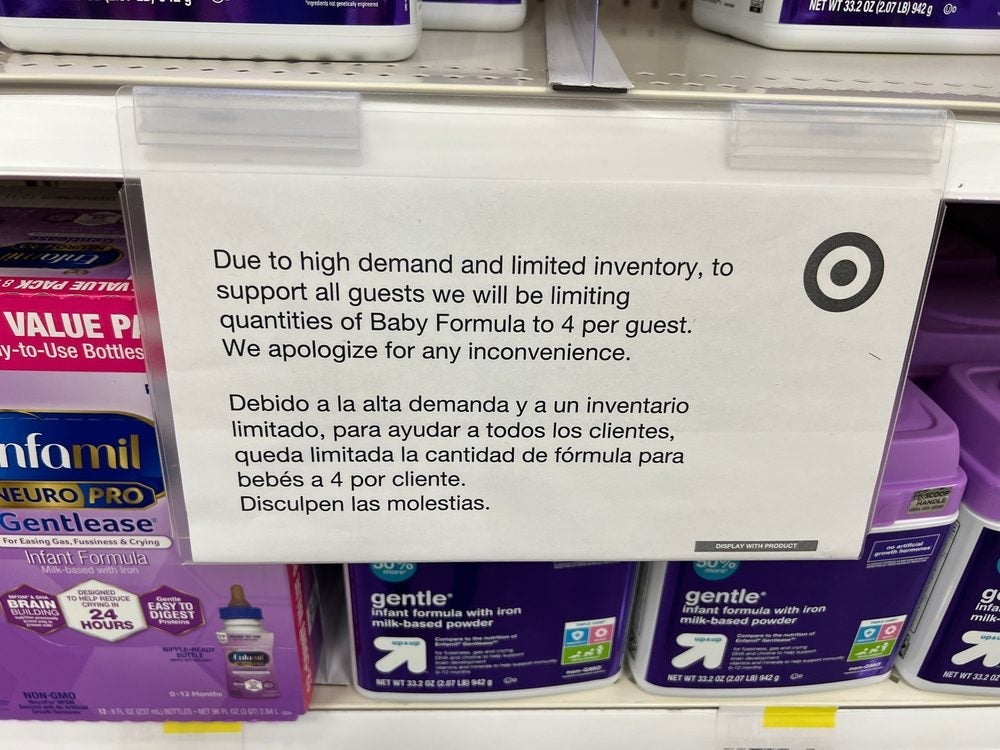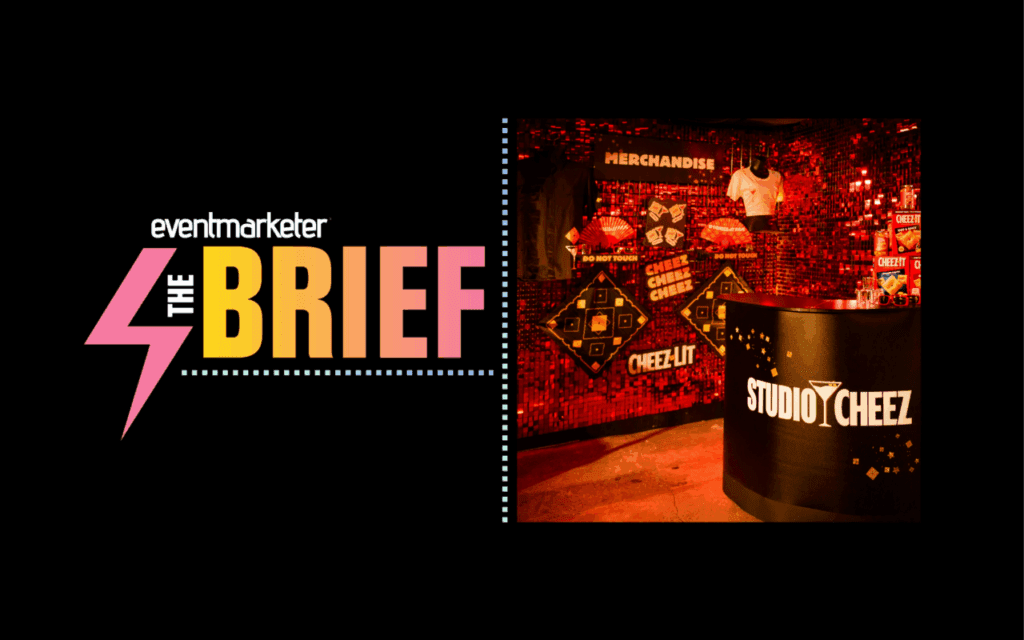Jennifer Houston
 The beauty of experiential marketing is that you get to interact with consumer directly, in real life, face-to-face. Few other channels afford that luxury and it’s what makes our business exciting. There are three types of experiential consumers, whose strengths are actually also their weaknesses. Just as in the ancient Japanese martial art of Jujutsu, you can win them over by using their strengths to your marketing advantage. Here’s a look at the three types and how you can woo them.
The beauty of experiential marketing is that you get to interact with consumer directly, in real life, face-to-face. Few other channels afford that luxury and it’s what makes our business exciting. There are three types of experiential consumers, whose strengths are actually also their weaknesses. Just as in the ancient Japanese martial art of Jujutsu, you can win them over by using their strengths to your marketing advantage. Here’s a look at the three types and how you can woo them.
1. The Non-Loyalist
AKA: “Oooh, samples!” or “I’ll try anything if it’s free”
Non-loyalists tend to be price sensitive, undeterred by fancy packaging or bundled upsells, and unimpressed with new product features or promises. There are thousands of products to choose from, but this consumer will always take the tried and true brand-name price leader. In fact, non-loyalists might be a bit of a misnomer, as we know they’re at least loyal to one thing—the deal. They span every kind of demographic including moms, college students, baby boomers and even some millennials and they realize that sometimes the best deal is that free sample you’re giving away.
The Challenge: With their go-to product in mind, why should they consider your more expensive, less familiar version? They’re happy to try a freebie but may have little intention of considering the actual product itself.
How To Woo Them: The good news is that non-loyalists are actually willing to approach your ambassadors and interact in order to get a sample, which is half the battle won already. Your task is to engage them in a language they’ll appreciate—the honest comparison. Non-loyalists are well versed in the market and they know the ins and outs of your competitor’s products, so talk to them about it. Show them that you’ve also considered it from their point of view and lay it all out on the table. Not only will this gain their trust, it will force them to consider your brand alongside others by more than price alone. You’re taking a great risk if you only showcase your product in a silo, especially if you’re looking to woo this consumer.
2. Underground Eye-rollers
AKA: Too Cool For School, Independent Spirit, “I liked it before it was mainstream.”
If you like what they like, they don’t like you, or, what they just liked for that matter. That’s putting it in extreme terms, but Underground Eye-rollers love being different and invest their time in all things undiscovered. They live for exclusivity and prefer their brands and products under the radar. They’re a coveted consumer because they fuel the word-of-mouth machine and take recommendations from trusted friends to heart. Underground Eye-rollers are in fact your most die-hard fans.
The Challenge: So what happens when your brand decides to reach a larger experiential audience? Now that all the Average Joes of the world are trying it out, your Underground Eye-rollers are likely to be turned off. So how do you retain satisfaction beyond exclusivity?
How To Woo Them: These consumers care about their brands because they know and value them. They pride themselves on being the authority, so go ahead and speak directly to that sense of authority. Find ways to seek out their expertise, to get their feedback and incorporate them in the experiential activation process (or even the planning itself). Show that you still cherish the fundamental qualities that bound them to the brand in the first place, and are still offering them an exclusive expertise-based experience that Average Joe isn’t getting. It will build respect and get them to truly believe in a brand they will stick by.
3. The Tastemaker
AKA: Early Adopters, Your brother-in-law who always has a new tech gadget
Tastemakers care about the product and that’s why they’re willing to pay a premium to have it first. You might see people that overlap both Tastemakers and Underground Eye-rollers, or you may see someone start as one and turn into the other, but the main thing to note is that Tastemakers live for the thrill of being ahead of the curve. It’s a special place they love to exist in, requiring a higher risk tolerance and bigger salary.
The Challenge: How do you distinguish yourself when your product is second to market, less technologically advanced, or one of many similar options?
How To Woo Them: We all wish our rosters were filled with market-leading brands, but the truth is that oftentimes the most exciting experiential programs don’t happen with the biggest brands on the block. Smaller brands know that what they’re missing in market share needs to be made up in marketing—riskier programs, cutting edge hybrid campaigns, and groundbreaking creative concepts. It’s about blurring the lines between marketing and product, and creating a halo effect that will carry the brand upward. Tastemakers demand that you push the marketing limits.
Jennifer Houston is vice president of client services at Attack! Marketing. She can be reached at jhouston@attackmarketing.com.

 Network
Network

